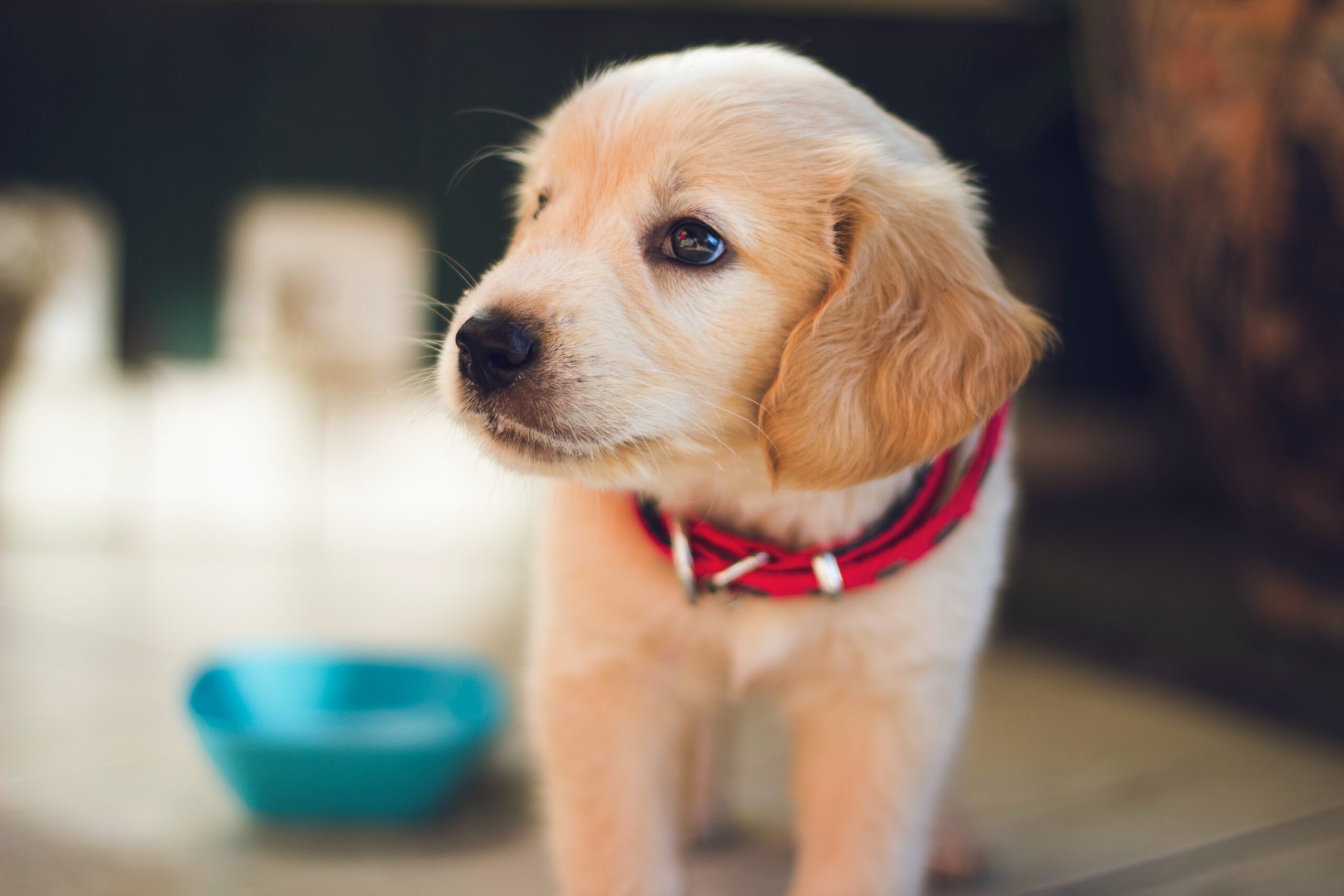
Separation anxiety can be a challenging issue for dogs and their owners. It often manifests in destructive behavior, excessive barking, and even attempts to escape. One effective way to help a dog with separation anxiety is through crate training. In this article, we will explore how to crate train a dog with separation anxiety.
Table of Contents
How to crate-train a dog with separation anxiety?
Separation anxiety can be managed in dogs through crate training. Your dog should be rewarded for calm behavior as you introduce the crate. Leave familiar scents in the crate and provide interactive toys and puzzle feeders. Play soothing music or use a white noise machine to reduce anxiety. Last but not least, gradually introduce alone time, starting with short periods and gradually extending it. Throughout the process, remain patient and understanding. Seek advice from a professional dog trainer.
Understanding Separation Anxiety in Dogs
Before we dive into crate training, it’s crucial to understand what separation anxiety is and how it affects our furry friends. Separation anxiety is a condition in which dogs experience distress when separated from their owners or left alone. It can be triggered by various factors, such as a change in routine, moving to a new home, or traumatic experiences.
Introducing the Crate
The first step in crate training a dog with separation anxiety is to introduce them to the crate. Make sure the crate is comfortable, spacious enough for the dog to stand and turn around, and equipped with a cozy bed or blanket. Place the crate in an area where your dog feels safe and secure.
When introducing the crate, it’s essential to create a positive association. Start by leaving the crate door open and placing treats or toys inside. Encourage your dog to explore the crate at his own pace. Reward them with praise and treats whenever they enter the crate willingly.
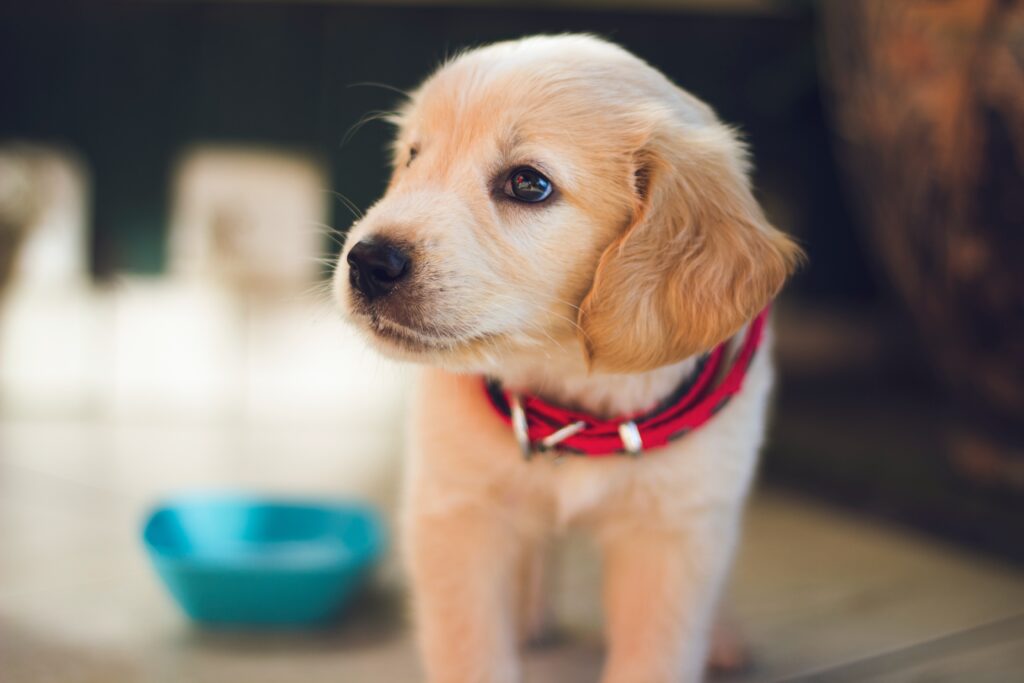
Gradual Crate Training
Crate training should be approached gradually to avoid overwhelming your dog. Start by closing the crate door for short periods while you are present. Stay close to the crate and offer reassurance to help your dog feel comfortable. Gradually increase the duration of crate time, rewarding your dog for calm behavior.
During crate training sessions, it’s important to remain calm and patient. Avoid scolding or punishing your dog if they show signs of anxiety. Instead, focus on rewarding and reinforcing positive behavior. Remember, crate training is meant to provide a safe space for your dog, not as a punishment.
Check Out: How To Choose A High Anxiety Dog Crate – Why Is It Useful To Use A High Anxiety Dog Crate?
Creating a Positive Environment
To further alleviate separation anxiety, create a positive environment around the crate. Leave a familiar scent, such as a piece of clothing with your scent, inside the crate. Play soothing music or use a white noise machine to provide a calming atmosphere.
Additionally, consider providing interactive toys or puzzle feeders to keep your dog engaged and distracted while in the crate. These toys can help alleviate boredom and anxiety. Make sure to rotate the toys regularly to keep your dog’s interest high.
Gradual alone time
Once your dog is comfortable spending time in the crate with you around, it’s time to gradually introduce alone time. Start by leaving the room for short periods, gradually increasing the duration. Return to the room before your dog becomes anxious, and reward them for calm behavior.
It’s important to note that each dog’s progress will vary. Be patient and understanding throughout the process. If your dog shows signs of severe distress or training becomes challenging, consult a professional dog trainer or behaviorist for guidance.
How to Crate Train a Dog with Separation Anxiety – Video
Conclusion
Crate training can be a valuable tool in managing separation anxiety in dogs. By gradually introducing the crate, creating a positive environment, and gradually increasing alone time, you can help your dog feel more secure and reduce their anxiety. Remember, consistency, patience, and positive reinforcement are key to successful crate training.


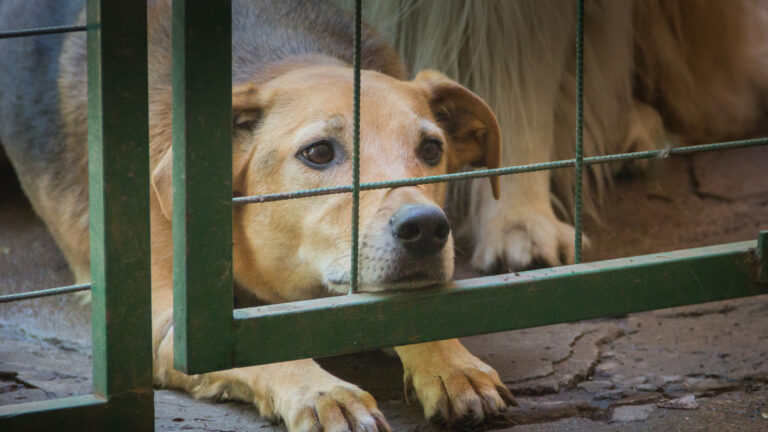
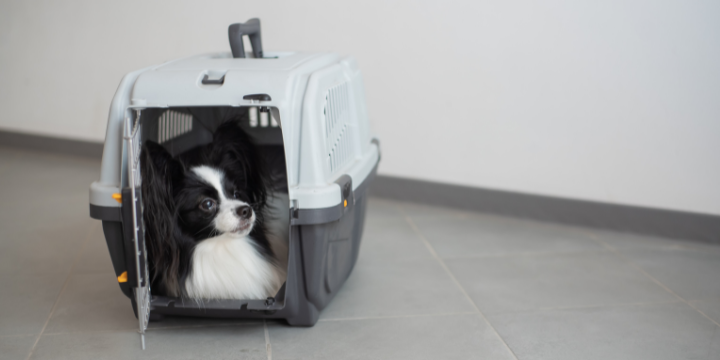
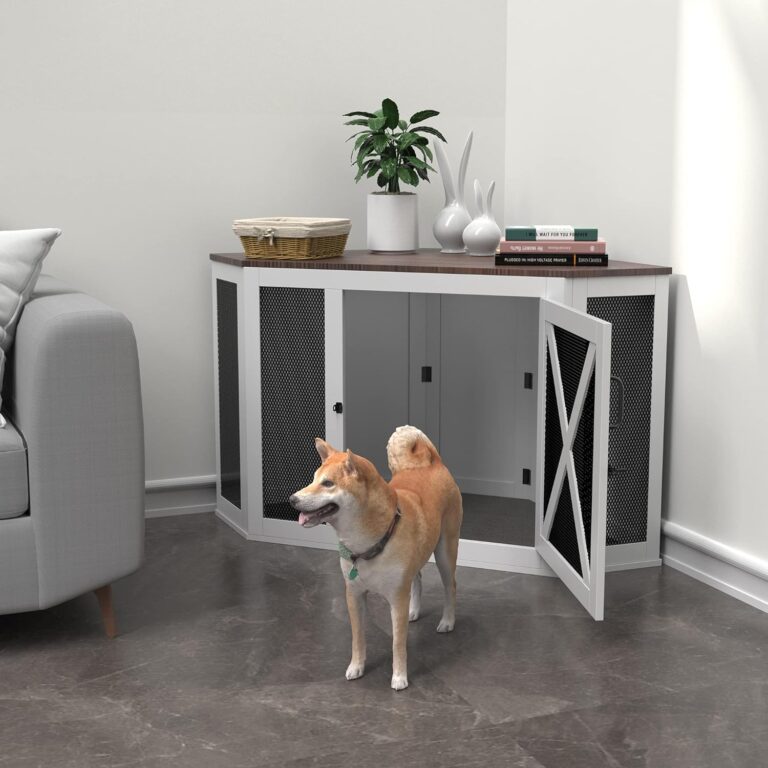
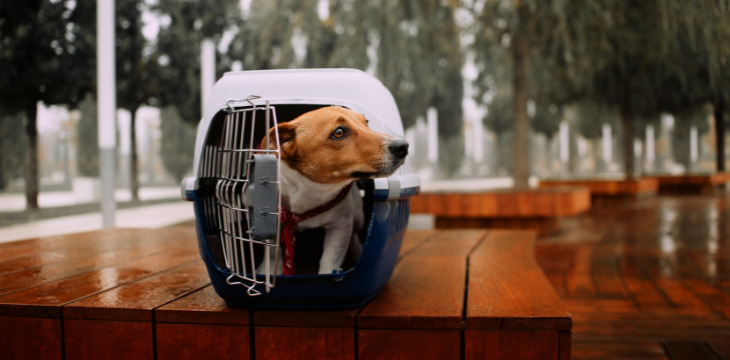
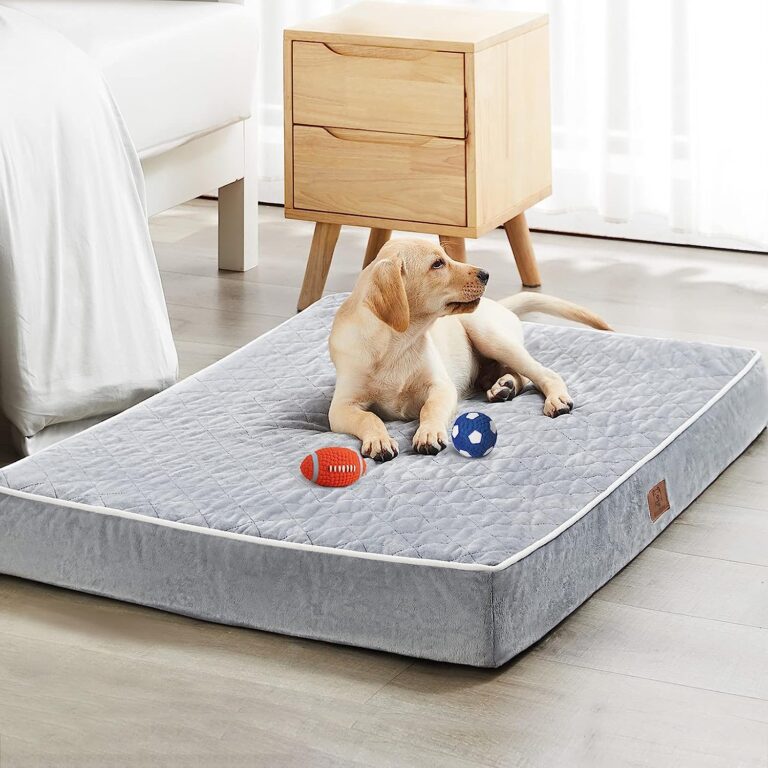
2 Comments